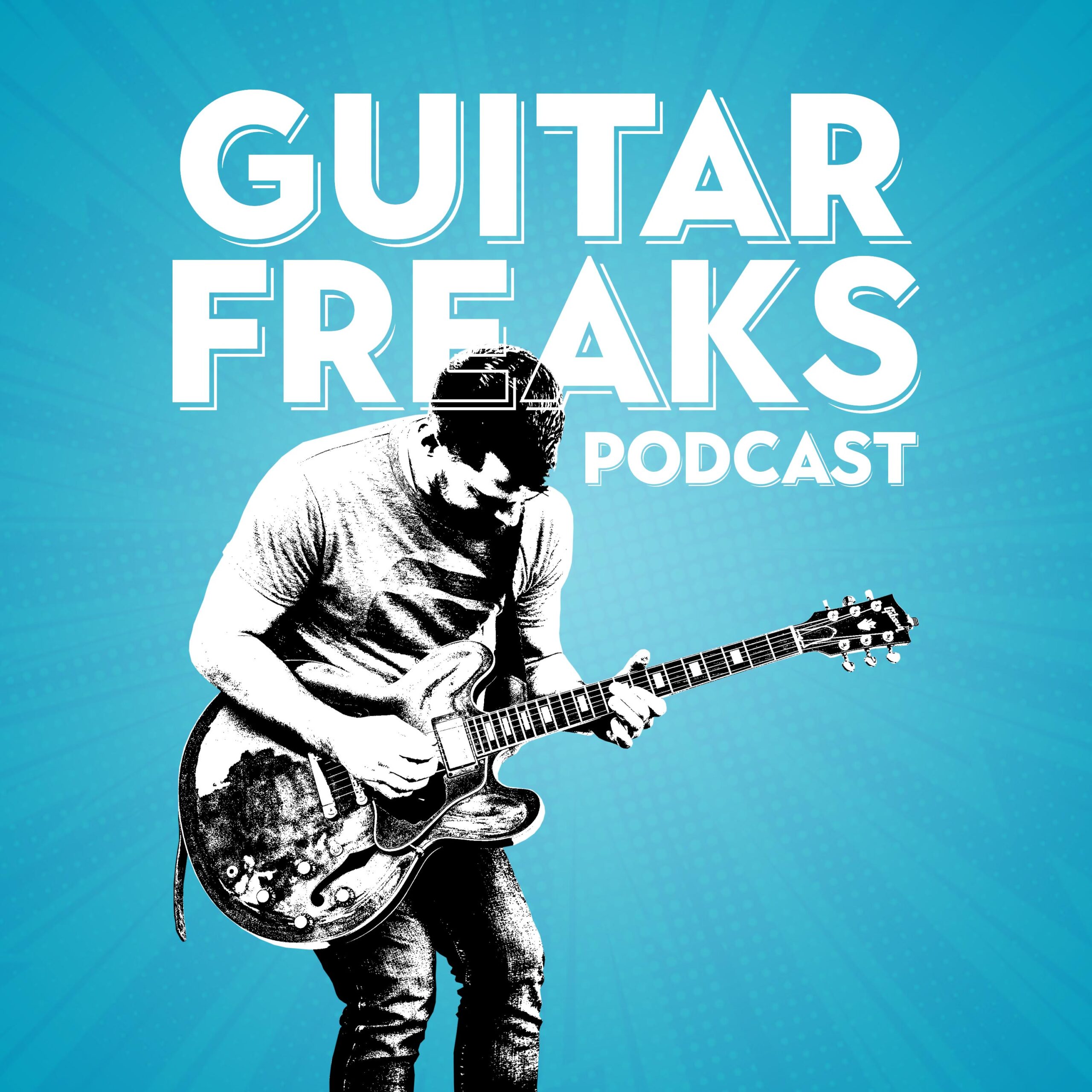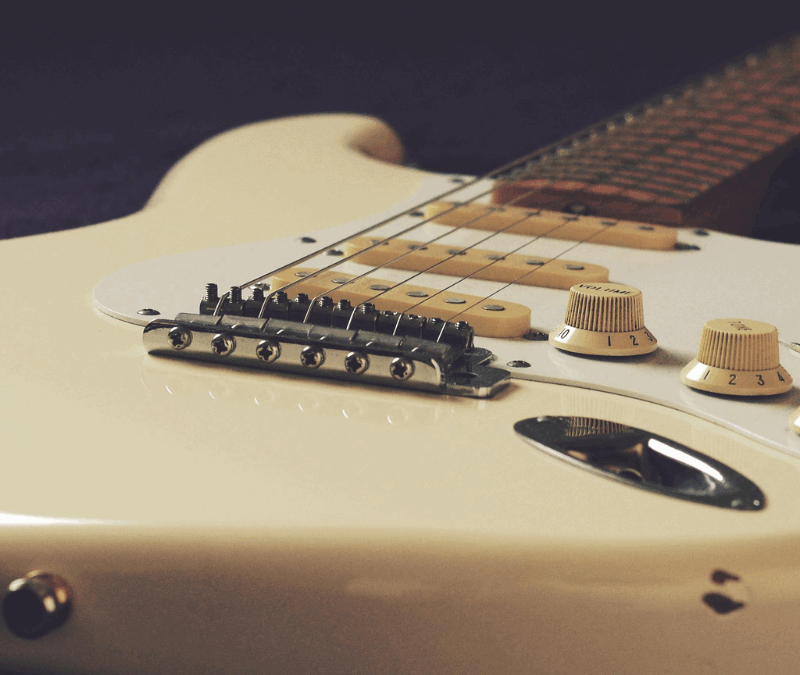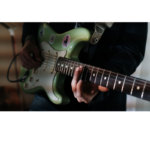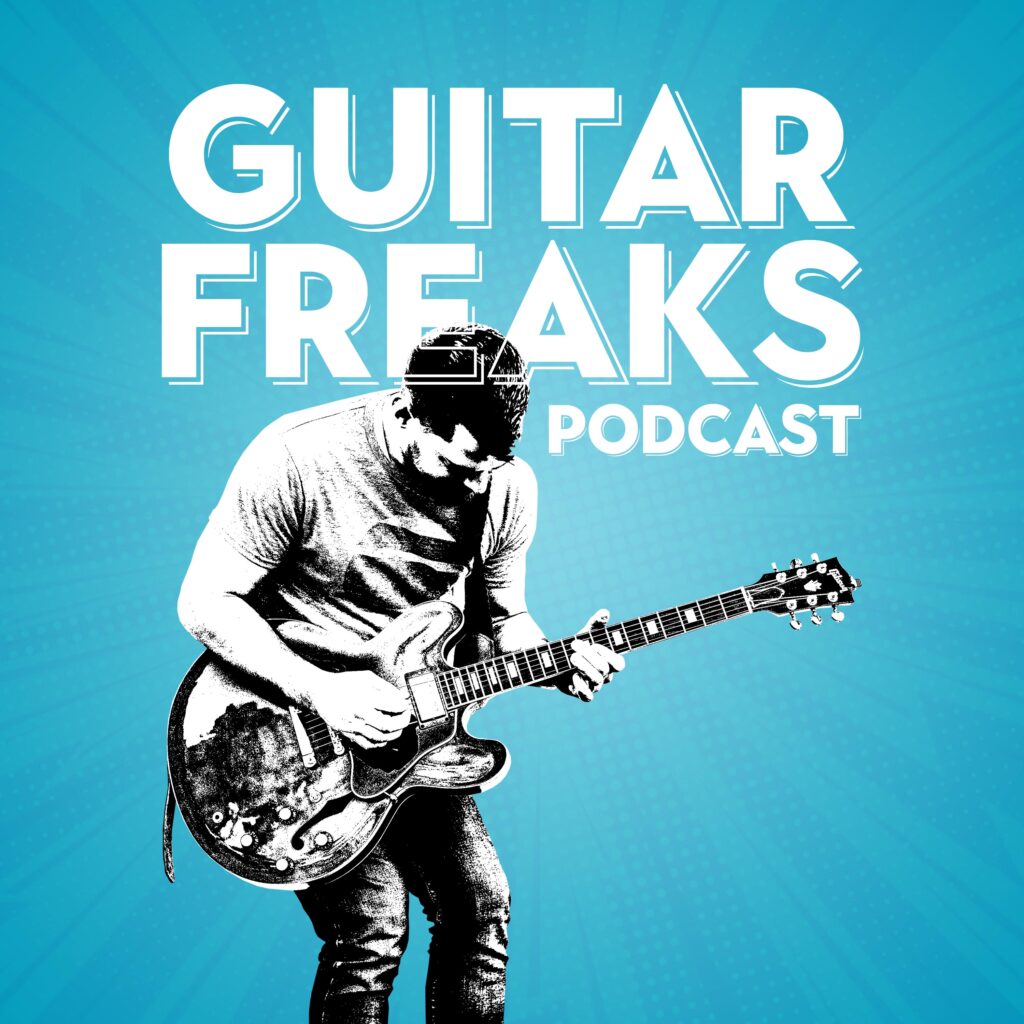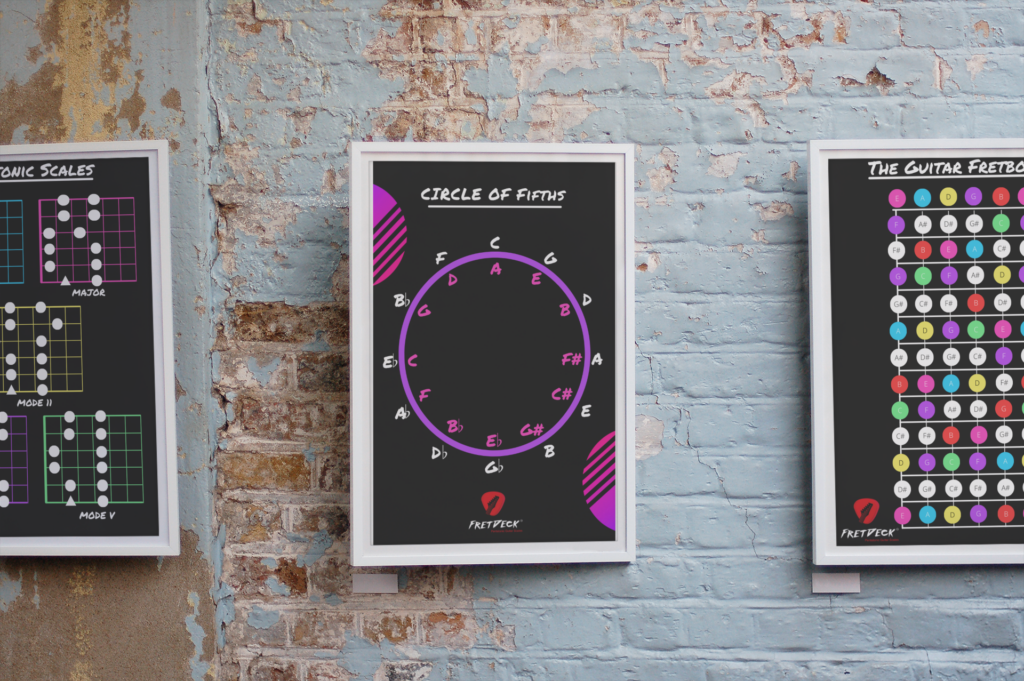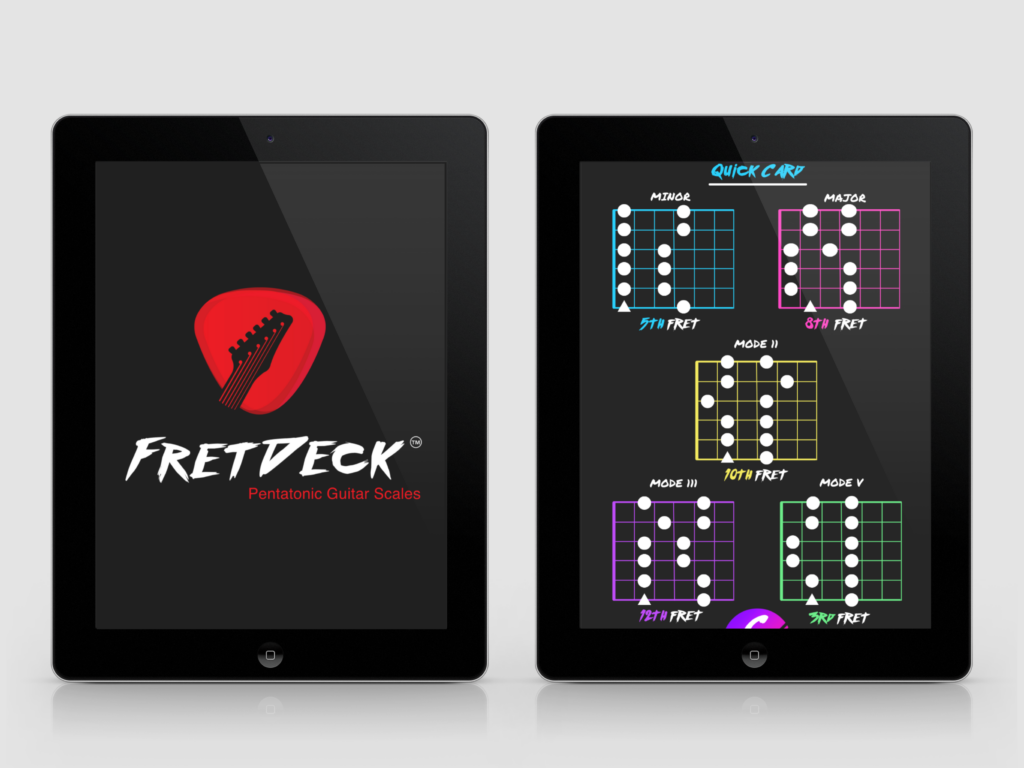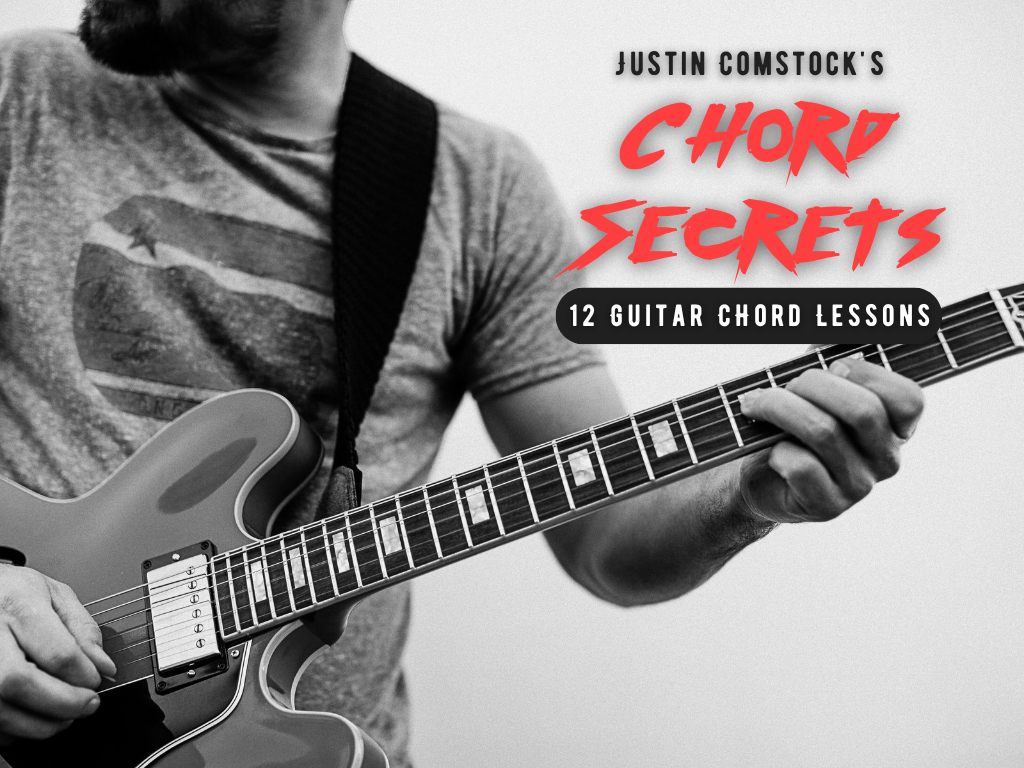Let’s be honest:
You’ve probably seen the diagrams.
Five boxes. Some dots. A few finger numbers.
And the caption: “The 5 Pentatonic Patterns You Must Know.”
But here’s the thing nobody tells you:
Knowing guitar pentatonic patterns isn’t enough.
You have to learn how to move between them.
How to bend within them.
How to feel them.
This post will show you how to do just that—and it might just be the breakthrough your playing’s been waiting for.
🧠 First, What Are Guitar Pentatonic Patterns—Really?
Let’s strip it down to the roots.
A pentatonic scale is made of five notes.
When you stack those notes across the guitar fretboard, you get five distinct shapes or patterns.
These are known as:
- Pattern 1 (Root Position)
- Pattern 2 (Starts on 2nd scale degree)
- Pattern 3 (Starts on 3rd scale degree)
- Pattern 4 (Starts on 4th)
- Pattern 5 (Starts on 5th)
They’re all the same five notes, just viewed from different starting points.
When you treat these patterns as individual voices, each with its own feel and phrasing possibilities, your soloing begins to sound like music—not a math exercise.
🎯 CTA: Want to see every pattern laid out in every key? Back FretDeck on Kickstarter—our visual system for mastering the fretboard.

❌ Stop Guessing. Start Shredding.
If you’re still fumbling through scale patterns and box shapes… it’s costing you progress.
FretDeck™ is the no-fluff system that shows you exactly how to master the fretboard—fast. Early access.
⚡️ This isn’t for dabblers. It’s for players who want results.
👉 Click here to join the pre-launch now
Early access. Limited rewards. Don’t wait.
🎸 The Most Common Trap: Living in Pattern 1
Let’s talk about the trap you’re probably stuck in:
Pattern 1 in A Minor Pentatonic (root at 5th fret, 6th string)
You probably know it.
You can probably blaze through it.
But when someone calls a jam in G or C, you freeze or slide up and guess.
The problem isn’t your chops.
It’s your map.
Knowing Pattern 1 doesn’t mean you understand the fretboard.
It means you’ve memorized a shape.
Time to go deeper.
🧭 Connecting Guitar Pentatonic Patterns Across the Neck
Let’s use A Minor Pentatonic as our example:
- Pattern 1: Root on 6th string, 5th fret
- Pattern 2: Starts at 8th fret
- Pattern 3: Starts at 10th fret
- Pattern 4: Begins 12th fret
- Pattern 5: Begins 3rd fret
Yes—you read that right.
Pattern 5 wraps around below Pattern 1.
When you understand the circular nature of the fretboard, patterns stop feeling linear—and start feeling connected.
Practice Prompt:
- Play Pattern 1 (A minor)
- Slide seamlessly into Pattern 2
- Use string pairs to pivot (e.g., shift across the G and B strings)
- Reverse back to Pattern 1
🎁 Want 52 of these prompts in a printable format? They’re included in our FretDeck Kickstarter bundle.
🌀 Every Pattern Has a Personality—Here’s How to Hear It
Most guitarists think of pentatonic patterns visually.
Fretboard diagrams. Dots. Boxes.
But the best players?
They think sonically.
Each pattern emphasizes different intervals. That means they evoke different moods.
Here’s a quick cheat sheet:
| Pattern | Mood | Example |
|---|---|---|
| 1 | Balanced, grounded | Stevie Ray Vaughan “Pride and Joy” |
| 2 | Upward, vocal | Eric Johnson runs |
| 3 | Floaty, modal | Jazz fusion |
| 4 | Bright, tight | John Mayer melodic work |
| 5 | Hypnotic, bluesy | Derek Trucks slide lines |
🎯 CTA: Want to learn how to phrase in each pattern? Join our Guitar Freaks Discord and get weekly licks, tab breakdowns, and coaching.
🎵 Major vs. Minor Guitar Pentatonic Patterns (Same Shapes, Different Feel)
This is one of the most overlooked tricks:
The same pattern can be major or minor—it just depends on where your root is.
Let’s take Pattern 1 again.
If your root is A, it’s A minor pentatonic.
But if you place your root on F# within that same shape, it becomes F# major pentatonic.
That means:
One shape = two emotional voices.
It’s not about learning new shapes.
It’s about understanding root orientation.
🔥 3 Ways to Practice Guitar Pentatonic Patterns That Actually Work
Let’s ditch the boring exercises.
Here’s how to make your practice musical.
1. Mode Cycling
- Play each pentatonic pattern for 8 bars
- Then move to the next mode
- Play across the neck, not just up it
2. Chord Tone Targeting
- Choose a progression (Am – Dm – E7)
- Play a solo using only pentatonic
- Land phrases on the chord tones
This teaches how to make scales sound intentional.
3. Triad Anchoring
- Overlay triad shapes over each pentatonic pattern
- Use the triad to guide your phrasing inside the pattern
This is where theory meets taste.

❌ Stop Guessing. Start Shredding.
If you’re still fumbling through scale patterns and box shapes… it’s costing you progress.
FretDeck™ is the no-fluff system that shows you exactly how to master the fretboard—fast. Early access.
⚡️ This isn’t for dabblers. It’s for players who want results.
👉 Click here to join the pre-launch now
Early access. Limited rewards. Don’t wait.
🎧 Songs That Live in Guitar Pentatonic Patterns (Study These)
Let’s look at songs that rely heavily on pentatonic shapes:
- “Purple Haze” – Jimi Hendrix (Pattern 1 & 2)
- “Sunshine of Your Love” – Cream (Pattern 5 groove)
- “Little Wing” – Jimi Hendrix (Connects patterns like poetry)
- “La Grange” – ZZ Top (Raw blues from Patterns 1 and 3)
- “Gravity” – John Mayer (Major pentatonic phrasing across patterns)
Don’t just learn the riffs.
Analyze which patterns they live in.
🛠 Tools That Help (And Tools That Distract)
You don’t need more gear.
You need better frameworks.
What helps:
- Loop pedal (or looper app)
- Metronome (with swing feel)
- Chord chart with triads
- FretDeck—for pattern mastery
What distracts:
- Endless YouTube videos
- Random backing tracks without focus
- Memorizing licks without context
🎯 If you’re serious about progress, get off autopilot.
Join our Kickstarter now and get the system that works.
✅ Recap: What You Should Do With Guitar Pentatonic Patterns
Let’s bring it home.
- Don’t just memorize shapes—connect them
- Treat each pattern like a voice, not a diagram
- Practice creatively, using phrasing prompts
- Learn to move between minor and major applications
- Listen to masters who mastered this (Hendrix, Trucks, Mayer, Beck)
- Use visual tools like FretDeck to cement the system
- Get real-time support in the Guitar Freaks Discord
You don’t need another scale book.
You need a framework. And a community. And a system.
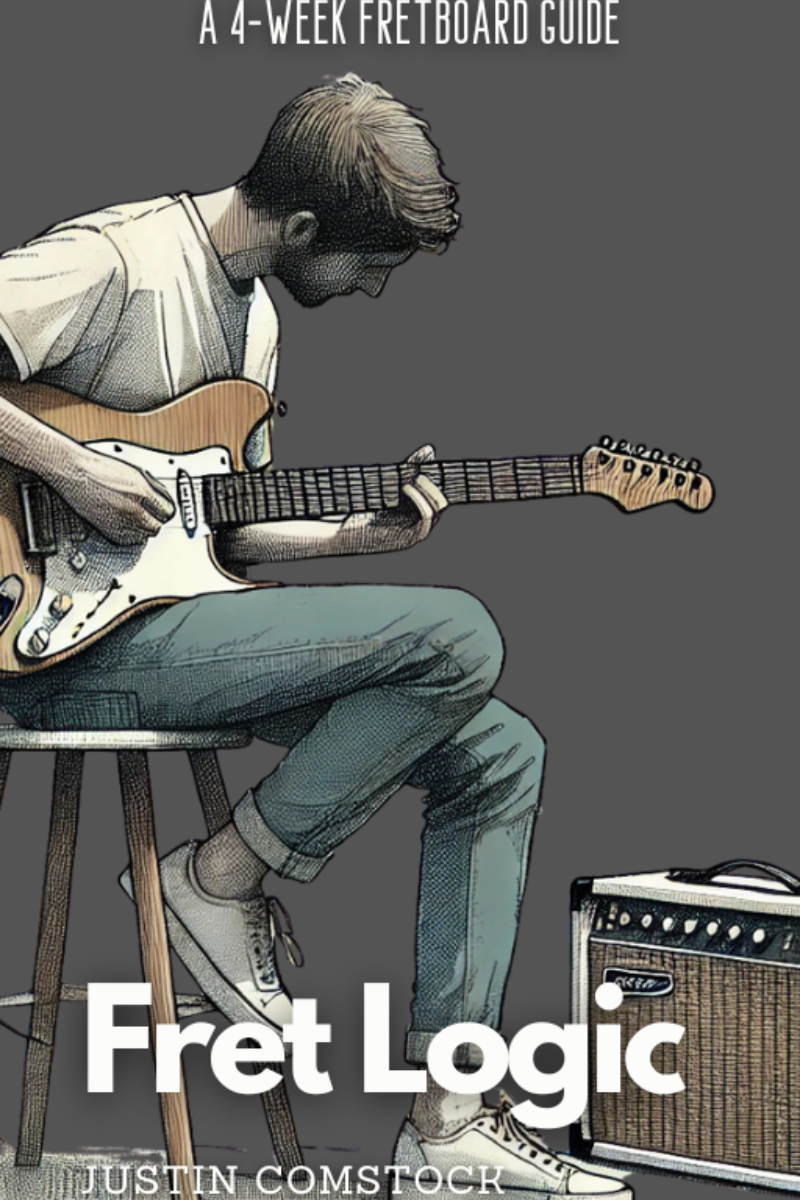
Join Guitar Freaks Hangout on Discord! 🎸
Get Fret Logic FREE!
Join the Guitar Freaks Hangout Discord and get exclusive access to my entire e-book, Fret Logic! Master the fretboard and elevate your solos with this comprehensive guide.
👉 Don’t miss out—join now and download your free copy!
🚀 Ready to Finally Understand Guitar Pentatonic Patterns?
If you’ve ever said:
- “I know the boxes, but I still feel lost…”
- “I can solo in A, but other keys scare me…”
- “I want to sound like me, not a YouTube clone…”
Then this is your moment.
🎸 Join us.
Back FretDeck on Kickstarter and unlock the system that will finally make pentatonic patterns click.
👉 Click here to get the deck and bonuses now →
🎁 Bonuses include:
- The complete deck (60+ patterns in every key)
- Our SoloCraft phrasing system
- 52 printable practice prompts
- Access to our private Discord for coaching and community
🚨 Don’t wait. The campaign is limited. The transformation is real.
Let’s finally own the fretboard.
🤘Mastering Guitar Scales (Minor)
